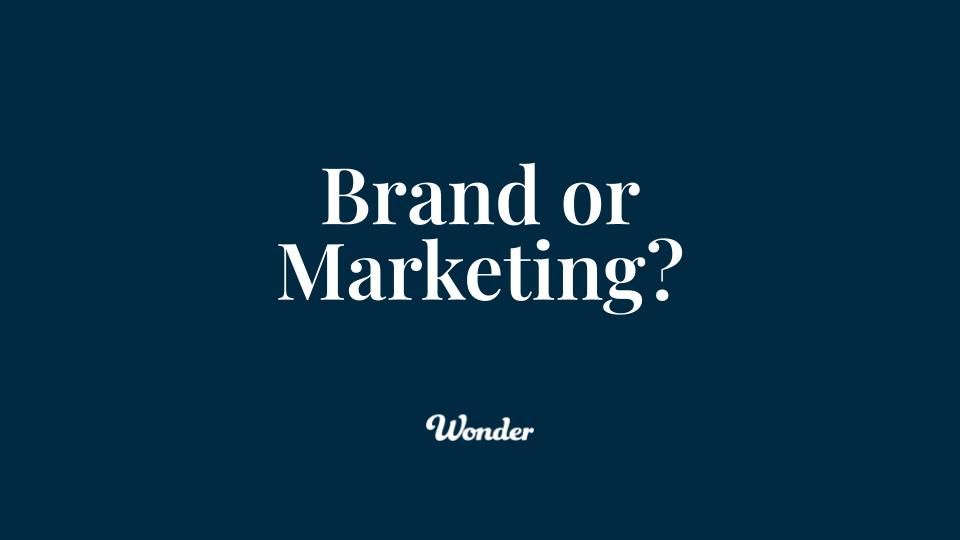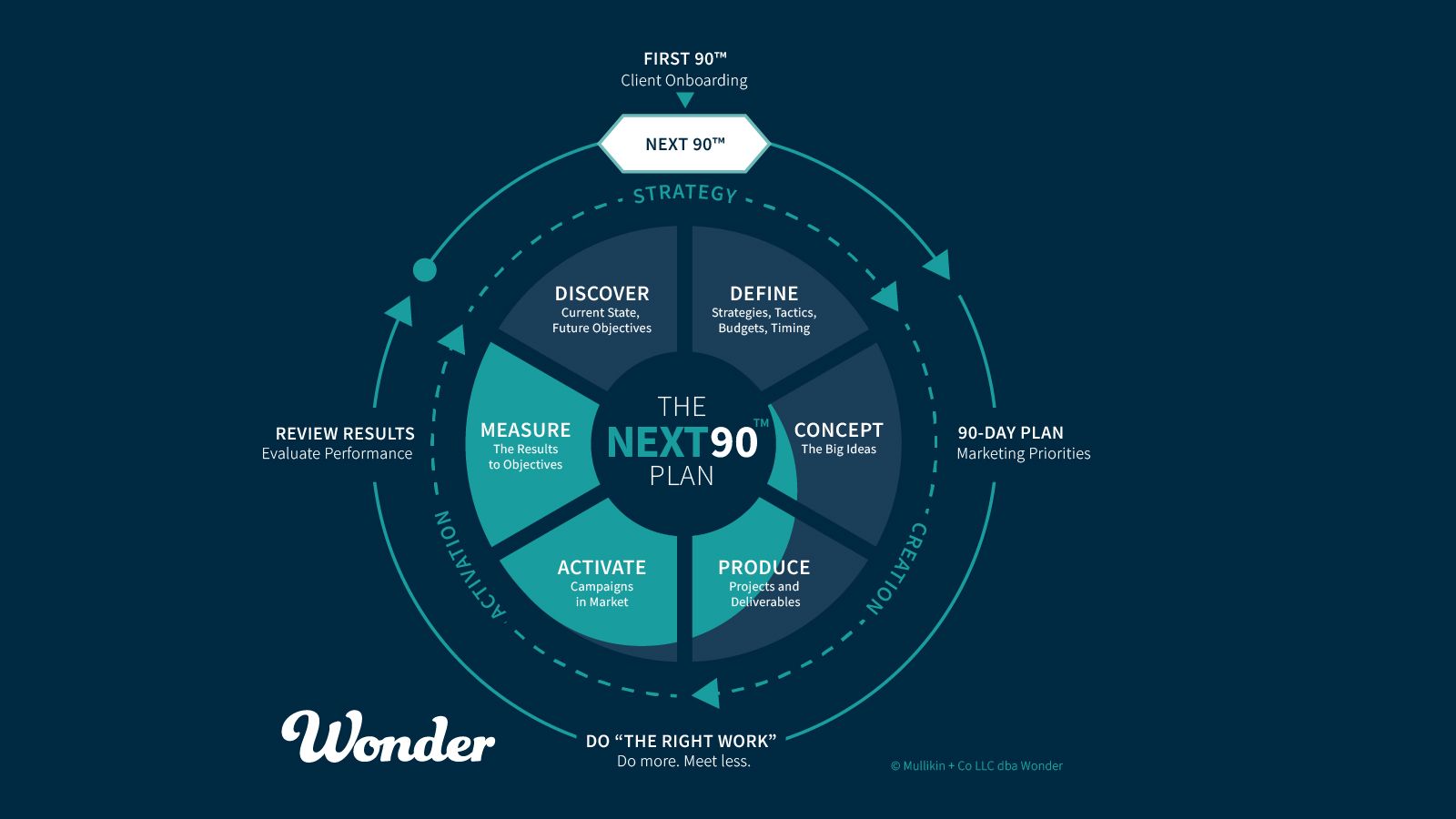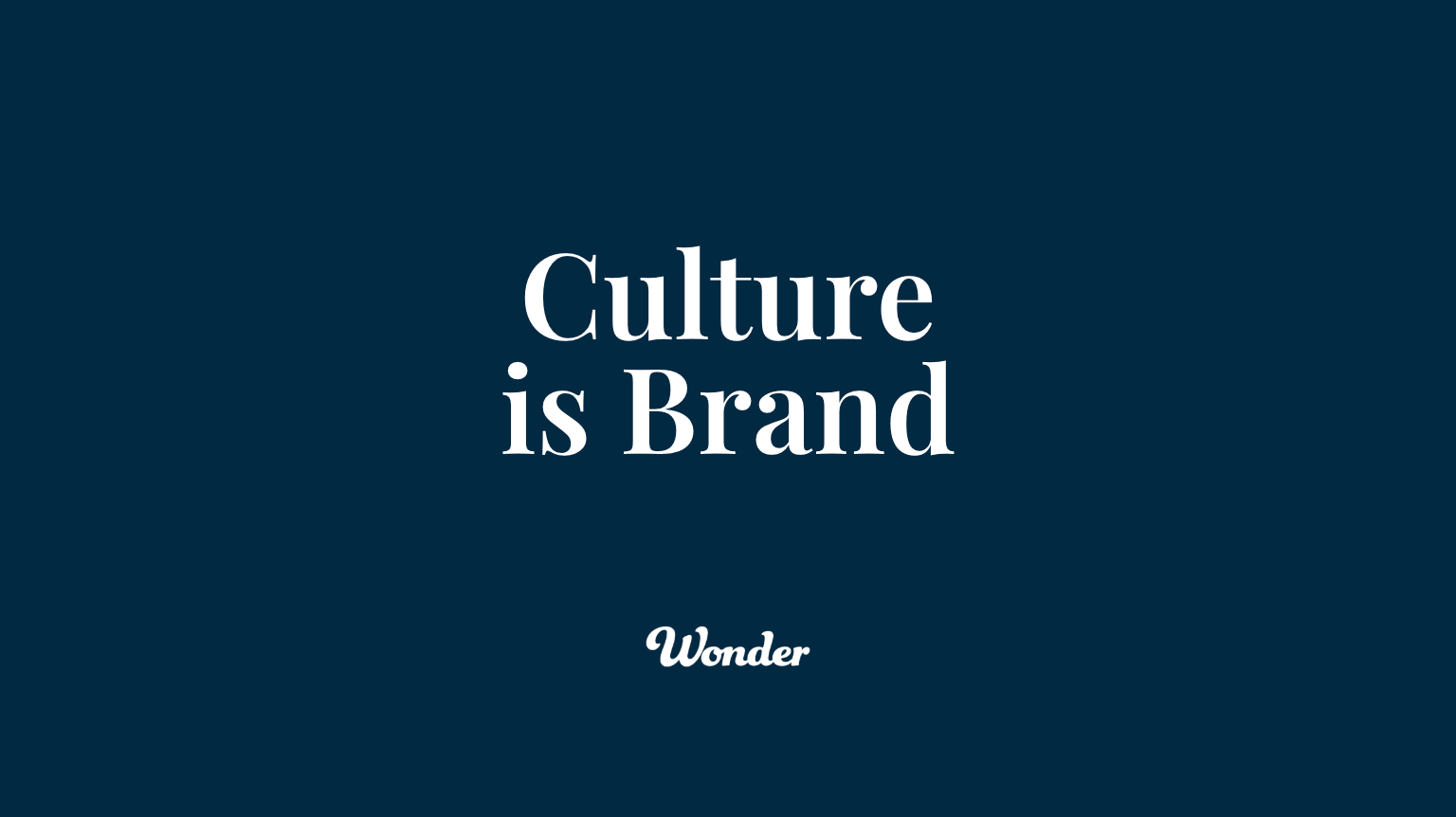
In the fast-paced world of technology sales, Value-Added Resellers (VARs), Managed Service Providers (MSPs), and System Integrators face a common challenge: differentiation. The industry is crowded, and many players rely heavily on vendor-provided Marketing Development Funds (MDF) to shape their marketing and branding efforts. While vendor support can be helpful, it often results in a uniform voice that makes it hard to stand out.
To rise above the noise, it’s essential to build a brand that reflects who you are and the unique value you bring to your customers—both internally and externally.
The Pitfall of Over-Reliance on Vendor Branding for MSPs and VARs
Vendors invest heavily in branding and MDF programs to help their partners. It’s tempting to lean on these ready-made resources, but doing so can dilute your unique identity:
- Uniformity Dilutes Differentiation: When every VAR or MSP in the same ecosystem uses identical messaging, prospects struggle to see what makes your business unique.
- Reduced Brand Ownership: Over-reliance on vendor content makes your brand feel like an extension of the vendor, not a trusted advisor in your own right.
- Short-Term Gains Over Long-Term Loyalty: While MDF campaigns might attract immediate leads, they rarely build the kind of deep customer relationships that foster loyalty.
Building Your Brand From the Inside Out
True differentiation begins with authenticity, and authenticity starts from within. To create a brand that resonates externally, it must be rooted in your internal culture. Your brand isn’t just a marketing message; it’s a reflection of who you are as a company and how you operate.
When your culture aligns with your brand identity, you create a cohesive experience for both employees and customers. Here’s how to do it:
- Define Your Core Values:
Core values act as the foundation for your company culture and brand. These principles should guide how you work, interact with clients, and make decisions. Importantly, they should reflect your company’s ethos—not borrowed values from vendors. - Live Your Brand Internally:
Your employees are the first ambassadors of your brand. Ensure they understand your mission, vision, and values, and empower them to embody these in their daily roles. When your team believes in your brand, their authenticity will naturally shine through to clients. - Shape Culture Through Your Brand:
Your brand should influence how your company operates, recruits talent, and serves customers—not the other way around. A strong brand-centered culture fosters trust, collaboration, and innovation, enabling you to build lasting relationships both inside and outside your organization. - Develop Brand-Specific Processes:
The Entrepreneurial Operating System (EOS®) emphasizes the importance of your Proven Process. Create systems that reflect your brand’s unique value—whether it’s in client onboarding, service delivery, or customer support. This ensures your brand’s promise is consistently delivered at every interaction.
Why Your Unique Value Matters
A strong, brand built inside-out allows you to articulate the unique value your organization brings to the table. To craft this distinct identity, start by asking:
- What is your core expertise? Beyond the products you sell, what transformations do you enable?
- Who are your ideal customers? What industries, challenges, or aspirations define your audience?
- What drives your team? How does your mission align with the goals of your clients?
When you can answer these questions, your brand becomes more than just a reflection of the vendors you partner with—it becomes a trusted, standalone identity that resonates deeply with customers.
Building an MSP or VAR Brand That Stands Out
To elevate your brand and make it truly authentic:
- Define Your Brand Voice:
Document your mission, vision, and values to ensure consistent messaging across all channels. Remember, your brand should communicate trust, expertise, and authenticity. - Invest in Proprietary Content:
Develop thought leadership materials that address specific challenges faced by your customers. This reinforces your expertise and positions your company as a problem solver. - Enhance Your Digital Presence:
A professional, modern website and active social media channels should reflect your unique brand, not just vendor assets. - Leverage Success Stories:
Highlight real-world results that showcase the impact of your solutions. Focus on how you add value beyond the products you sell.
Prioritize Brand Authenticity Over Conformity:
Stay true to your internal culture and values. Use vendor support strategically but prioritize campaigns that amplify your unique voice and perspective.
The Long-Term Benefits of an Authentic Brand
When you build your brand from the inside out, you create more than just marketing campaigns—you foster a sense of trust and belonging among employees and customers alike. An authentic, internally-aligned brand sets you apart in the crowded technology channel, positioning you as a partner who delivers real value, not just products.
By rooting your brand in your culture and focusing on the unique problems you solve, you’ll attract loyal customers who see your company as a trusted advisor—not just another reseller.






